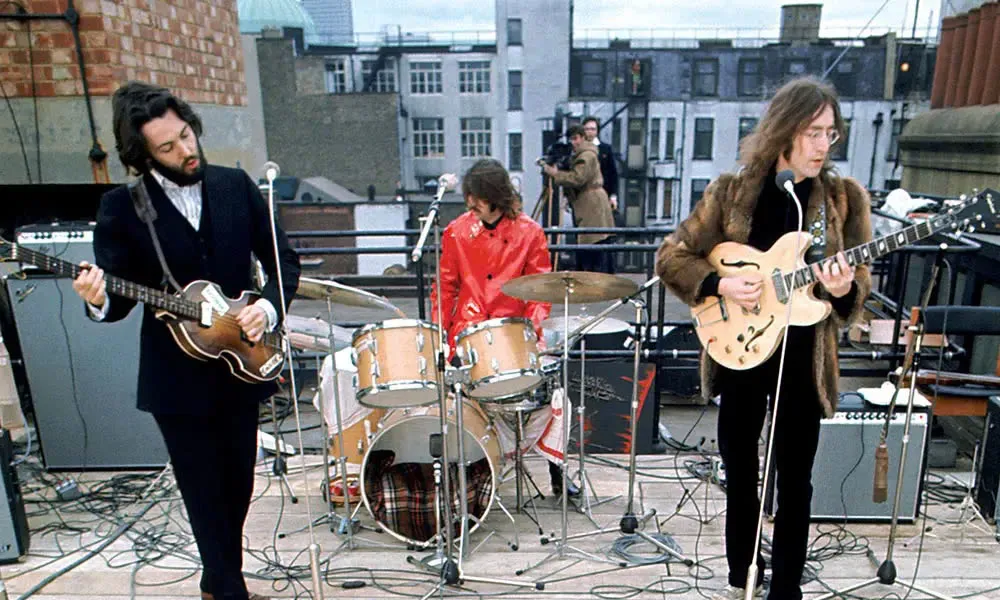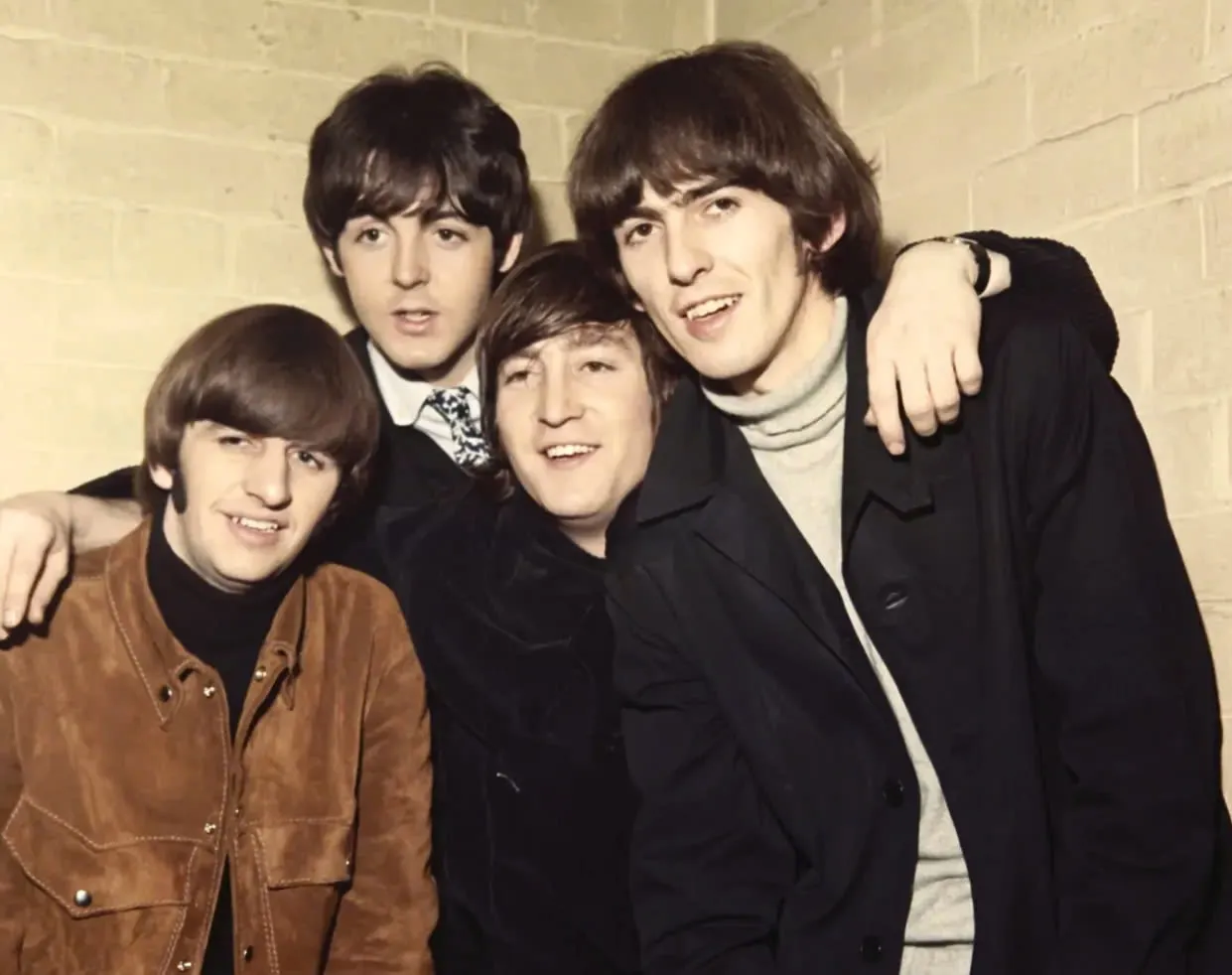The Beatles' Rubber Soul: A Turning Point in Music and Culture
Released in December 1965, *Rubber Soul* stands as one of The Beatles' most significant albums, representing a crucial moment in the band's evolution and in the broader landscape of popular music. The album marked a shift from the pop-oriented sound that had dominated their earlier work towards a more mature, introspective, and experimental approach. This transition not only showcased the growing artistic ambitions of the band but also reflected the changing cultural dynamics of the 1960s. In many ways, *Rubber Soul* serves as a mirror of its time, capturing the complexities of identity, love, and social change in an era defined by transformation.

The Context of *Rubber Soul*
By the time *Rubber Soul* was released, The Beatles had already established themselves as the biggest band in the world. Their earlier albums, characterized by infectious melodies and a polished pop sound, had dominated the charts and solidified their status as cultural icons. However, by 1965, The Beatles were beginning to feel the constraints of their fame. The relentless cycle of recording, touring, and media appearances left little room for creative exploration, and the band members were eager to break away from the formulaic approach that had brought them success.
The mid-1960s were a period of significant social and cultural upheaval. The optimism of the early 1960s was giving way to a more complex and questioning mindset, driven by the escalation of the Vietnam War, the growing Civil Rights Movement, and the emergence of the counterculture. This changing atmosphere influenced The Beatles, who were beginning to explore new ideas, both musically and lyrically.
*Rubber Soul* was the result of this exploration. The album's title, a play on the phrase "plastic soul," suggests a blend of authenticity and artifice, reflecting the band's awareness of their role as cultural influencers and their desire to create something more genuine and artistically fulfilling.

Musical and Lyrical Innovation
One of the defining features of *Rubber Soul* is its diverse musical palette. The album incorporates a wide range of styles, from folk and rock to soul and baroque pop. This eclecticism was a departure from the more straightforward rock and roll of their earlier albums, signaling a newfound willingness to experiment with different genres and sounds.
The influence of folk music, particularly the work of Bob Dylan, is evident throughout the album. Songs like "Norwegian Wood (This Bird Has Flown)" and "I'm Looking Through You" showcase acoustic arrangements and introspective lyrics that reflect the folk revival of the early 1960s. "Norwegian Wood," with its use of the sitar, also hints at the band's growing interest in Indian music and culture, an influence that would become more pronounced in their later work.
The album's exploration of soul music is also significant. Tracks like "Drive My Car" and "You Won't See Me" feature driving bass lines, syncopated rhythms, and call-and-response vocals that draw from the Motown and Stax sounds. Paul McCartney, in particular, was influenced by American soul artists, and this inspiration is evident in the grooves and melodic structures of these songs.
Lyrically, *Rubber Soul* marked a departure from the simplistic love songs of The Beatles' early years. The album's lyrics delve into more complex and nuanced themes, reflecting the band's growing maturity and their desire to address deeper emotional and existential questions. "Nowhere Man," for example, is a song about alienation and the search for identity, a theme that resonated with the disillusionment and introspection of the 1960s counterculture.
Similarly, "In My Life" stands out as one of the most introspective and personal songs The Beatles had written up to that point. The song reflects on memory, nostalgia, and the passage of time, with a baroque-inspired piano solo that adds a layer of sophistication and emotional depth. This focus on introspection and personal experience was a significant shift from the more external, crowd-pleasing approach of their earlier work.

The Album as an Artistic Statement
*Rubber Soul* was not just a collection of songs but a cohesive artistic statement. The album's sequencing and overall aesthetic coherence were groundbreaking for the time, helping to elevate the LP format from a vehicle for singles to a medium for artistic expression. This approach to album-making influenced countless artists and set the stage for the concept albums that would become a hallmark of the late 1960s and 1970s.
The album's production, under the guidance of George Martin, also played a crucial role in its success. Martin encouraged The Beatles to experiment with new sounds and recording techniques, such as variable-speed tape and automatic double tracking (ADT). These innovations allowed the band to create a richer, more layered sound that was both sonically adventurous and accessible to a wide audience.
One of the most iconic examples of this experimentation is the use of the sitar on "Norwegian Wood," played by George Harrison. This was one of the first instances of a rock band incorporating non-Western instruments into their music, and it opened the door for further exploration of world music influences in popular music. The album also features the harmonium on "The Word" and the fuzz bass on "Think for Yourself," adding new textures and expanding the sonic possibilities of rock music.

Cultural Impact and Legacy
The impact of *Rubber Soul* extended far beyond the music itself. The album captured the spirit of the 1960s, reflecting the cultural shifts and growing disillusionment of a generation coming to terms with the complexities of modern life. The Beatles' embrace of introspection, experimentation, and cultural exploration resonated with young people around the world, who saw the band not just as entertainers but as leaders of a cultural movement.
*Rubber Soul* also played a significant role in the growing recognition of rock music as a legitimate art form. The album's sophisticated songwriting, innovative production, and thematic depth challenged the perception of rock and roll as mere entertainment, paving the way for its acceptance as a serious artistic medium. This shift in perception was crucial in the development of the album-oriented rock that would dominate the music industry in the years to come.
The influence of *Rubber Soul* can be seen in the work of countless artists who followed. Brian Wilson of The Beach Boys, for example, cited *Rubber Soul* as a major influence on the creation of *Pet Sounds*, one of the most celebrated albums of all time. The album also inspired a generation of musicians to explore new sounds, themes, and production techniques, contributing to the evolution of popular music in the late 20th century.
In conclusion, *Rubber Soul* represents a pivotal moment in the history of The Beatles and in the broader context of popular music. The album's innovative blend of musical styles, introspective lyrics, and cohesive artistic vision set new standards for what could be achieved in the rock album format. Moreover, its reflection of the cultural and social changes of the 1960s helped to solidify The Beatles' role as not just musicians, but as cultural icons whose influence would resonate for decades to come.

